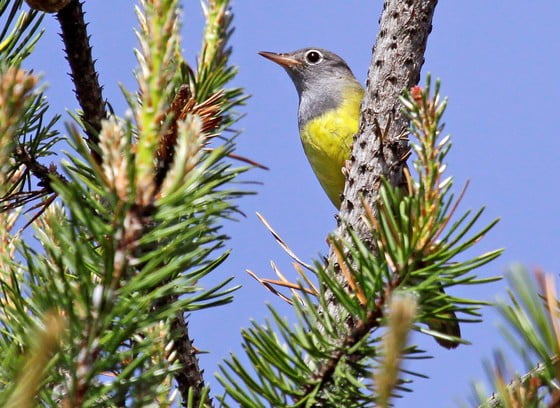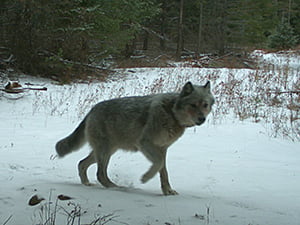The Secret Science of Prairie Dog Communication

Prairie dogs are highly intelligent mammals. Scientists are just beginning to decipher the meaning of their complex language and behaviors, such as the characteristic “jump-yip” routine seen in black-tailed prairie dogs. Why do they do it? The behavior appears to be used for communicating with – and assessing the level of alertness of – other nearby prairie dogs. This information could inform them about how much to keep up their guard while foraging for food.
There are five prairie dog species and all are found only in North America: black-tailed, white-tailed, Gunnison’s, Utah, and Mexican prairie dogs. These stout, ground-dwelling rodents are sometimes considered pests. Yet they’re also recognized as influential “ecosystem engineers” and keystone species that significantly affect their surrounding environment in important ways.
Prairie dog populations are tied to the health of many other western wildlife species. One species that benefits from prairie dogs is the black-footed ferret, North America’s rarest land mammal, which depends on prairie dogs for 90% of its diet. This charismatic carnivore also relys on prairie dog burrows for shelter. Burrowing owls use prairie dog burrows too!

